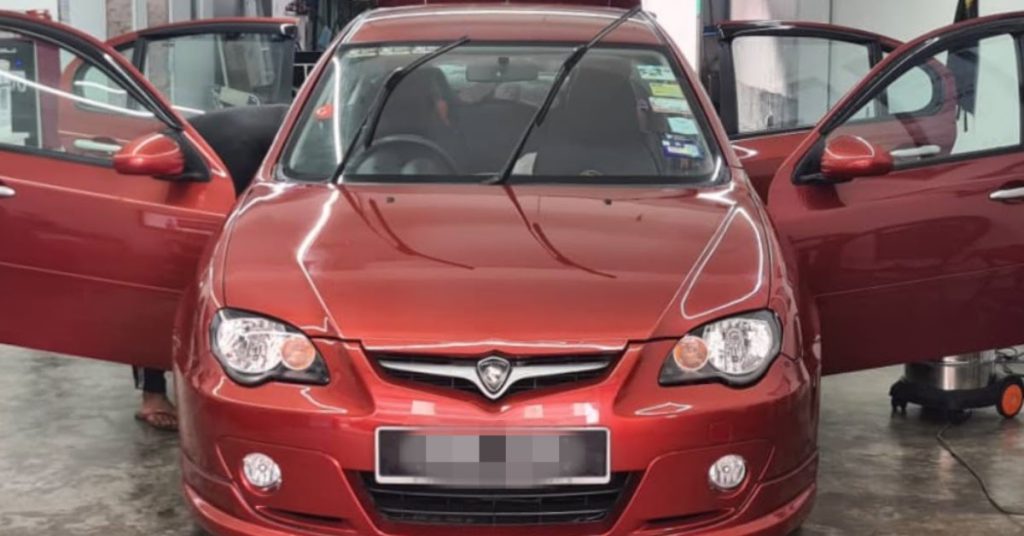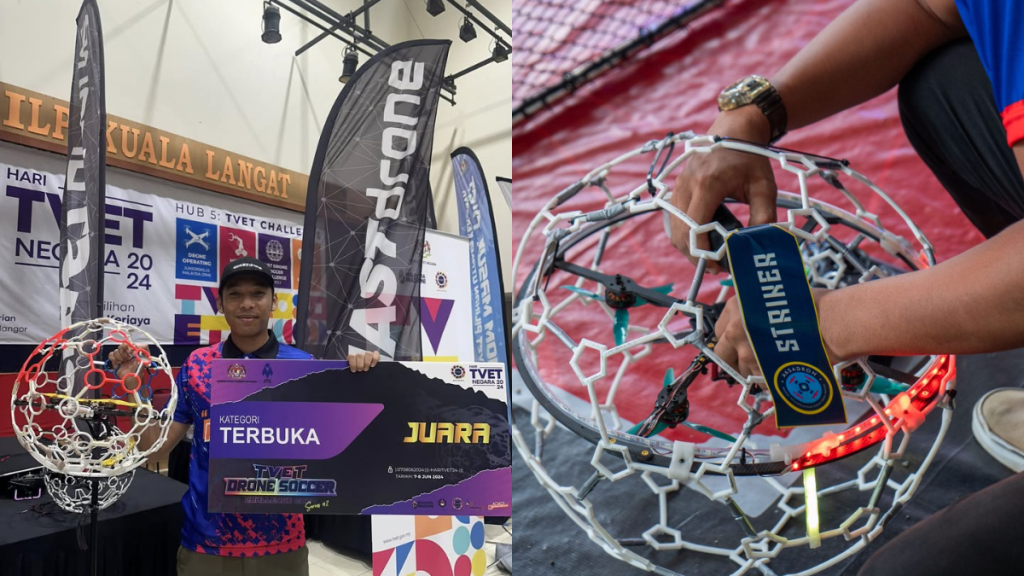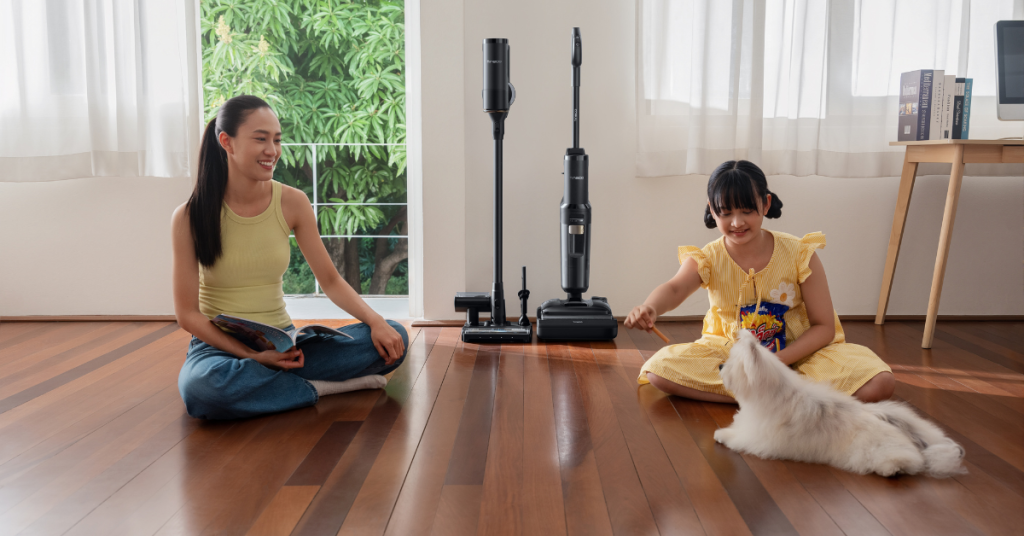[This is a sponsored article with Castrol.]
With the whole lockdown and seemingly never-ending pandemic, I haven’t been getting out much. Not to mention, my car has been sitting at home, mostly neglected, for the last 17 months. And I’m fairly certain that it’s making a noise it’s not supposed to.
With #cuticutiMalaysia finally open to us again, I’m now realising the daunting task ahead of me: making sure my car actually works. What I didn’t know was that not driving my car regularly can lead to huge issues. Some of the following points are from our own real-life experiences that we had to now deal with when driving regularly again.
Here’s a quick checklist of things you should look at before hitting the road (and how to fix it):
1. Check if your battery is still alive
It may come as a surprise but your car is still “running” even when you’re not driving it. Just like your laptop or smartphone, your car battery is on at all times.
On top of that, the power-consuming devices left plugged into your car’s cigarette lighter port slowly seep juice too.

If you’ve just checked and your battery is dead, you’ve got two options:
a) Find a car battery delivery service
Car battery delivery services are widely available online, most with the promise of 30-minute delivery. Some options include Carput, TukarBateri, and Century Battery.
b) Jumpstart your car and go to your local workshop
If you have access to cables, a battery and gloves, jumpstarting your vehicle is a great option. Here is AutoBuzz.my’s quick and easy to follow video on how to do it safely.
Tip: If you know that you’re not going to be driving your car for a few weeks, place your vehicle on a trickle charger. These chargers continue to supply power to a car battery even when the vehicle is not in use.
2. Take a closer look at your tires
More often than not, I wake up in the morning to find that my hair is flat on the side I slept on. Cars do the same thing when left in the same spot for extended periods. They develop flat spots when you don’t drive.
Tires can lose pressure when they sit—about one to two PSI per month. A quick spin around the block once a week will help avoid this problem.
Before making your trip, use a tire pressure gauge to check the pressure. If it’s lower than expected, make a quick stop at your local workshop or petrol station before zooming off.
Tip: You don’t have to worry about making it to the gas station to get air when you have a portable compressor at home.
3. Check your car’s oil & water levels
Engine oil naturally degrades over time while water evaporates. When you don’t regularly replace it, it can cause premature engine wear or permanent damage.

Castrol MAGNATEC Engine oil is specially formulated to cling to critical engine parts and reduce engine wear. It ensures non-stop protection. Over time, the anti-corrosive additives break down while contaminants and moisture accumulate.

Vehicles that sit unused for long periods are especially vulnerable to engine moisture because they aren’t producing the heat from normal operation responsible for evaporating moisture and condensation. This is why you should drive your car for 20 to 30 minutes once a week, in addition to regularly changing your oil.
4. Examine the surfaces of your car interior
In Malaysia, we are no strangers to humidity of which mould is an unfortunate side product.
Cars with leather, fabric, and even vinyl covering can run into this issue. A quick fix is that you can send your car for a wash and vacuum, but do note that mould can return if the car remains unused.
For a simple home solution, you can do the following with common household ingredients:
a) Fill a spray bottle with white vinegar
b) Spray and saturate affected areas
c) Brush aggressively
d) Air out and dry under the sun
5. Take note of your rubber car seals
With the Malaysian weather, your air conditioning seals drying out would be a nightmare.
You see, refrigerant is a pressurised gas that enables your air conditioner to cool the air. If that gets too low, the A/C will stop blowing out cool air.
Refrigerant doesn’t get used up (the way your car uses gasoline) or wear out and needs to be replaced (like your motor oil). So if the refrigerant level is low, there is only one possible reason: it has leaked out.
Auto A/C systems often contain many rubber components and seals. And with the A/C system sitting idle for a while, the rubber can crack and allow refrigerant to escape.

Your door seals can also suffer from the same fate, especially if your car is not regularly parked in a shaded area. And with the rainy season coming at the end of the year, that’s another issue that you would want to fix soon, or leaks could also contribute to the mould problem mentioned above
Tip: Avoid the issue next time by turning the vehicle and the AC on for ten minutes once in a while.
6. Make sure your brakes work
When you haven’t driven in a while, two things need to happen before you zoom off.
Firstly check your vehicle’s brake fluid level. You need to make a visual check of the fluid level against the markings on the translucent brake fluid reservoir. Remove the cap of the reservoir and note if the fluid looks healthy or dirty.
If your brake fluid is low, it could indicate a problem with your brakes that will need repair urgently. Dirty brake fluid can indicate water contamination; the vehicle’s brake system will need to be flushed at your local workshop.
If your brake fluid level is all good the next thing to do is actually hit the brakes.
Brake rotors and drums are made of plain steel, with little anti-corrosion treatment. When sitting in wet environments, a fine layer of rust will start to develop on their surfaces.
When heading out for your trip, take the time to gently push and release the brake pedal a few times before setting off. Then, with a window or two lowered, listen.
If you hear some light to moderate scraping noise from the brakes, avoid panic stops and instead brake gently for the first few stops.
This will allow the brake pads to wear off the rust build-up without overheating the rotors and will lessen the chances of a brake vibration that will require rotor replacement to cure.
Tip: If you’re going to leave your car untouched for some time, become a regular parking brake user, exercising these systems is key in avoiding them seizing.
As someone who is really looking forward to her next road trip, many of these are the tips that my coworkers shared with me. We’ve all run into car issues over the last few weeks upon using them for the first time in a long while (all images in this article were courtesy of the Vulcan Post team).
These issues can easily be identified and then solved with the right tools and professional advice, so do be safe as we take to the roads again.
- Find out more about Castrol MAGNATEC Engine oil here.














